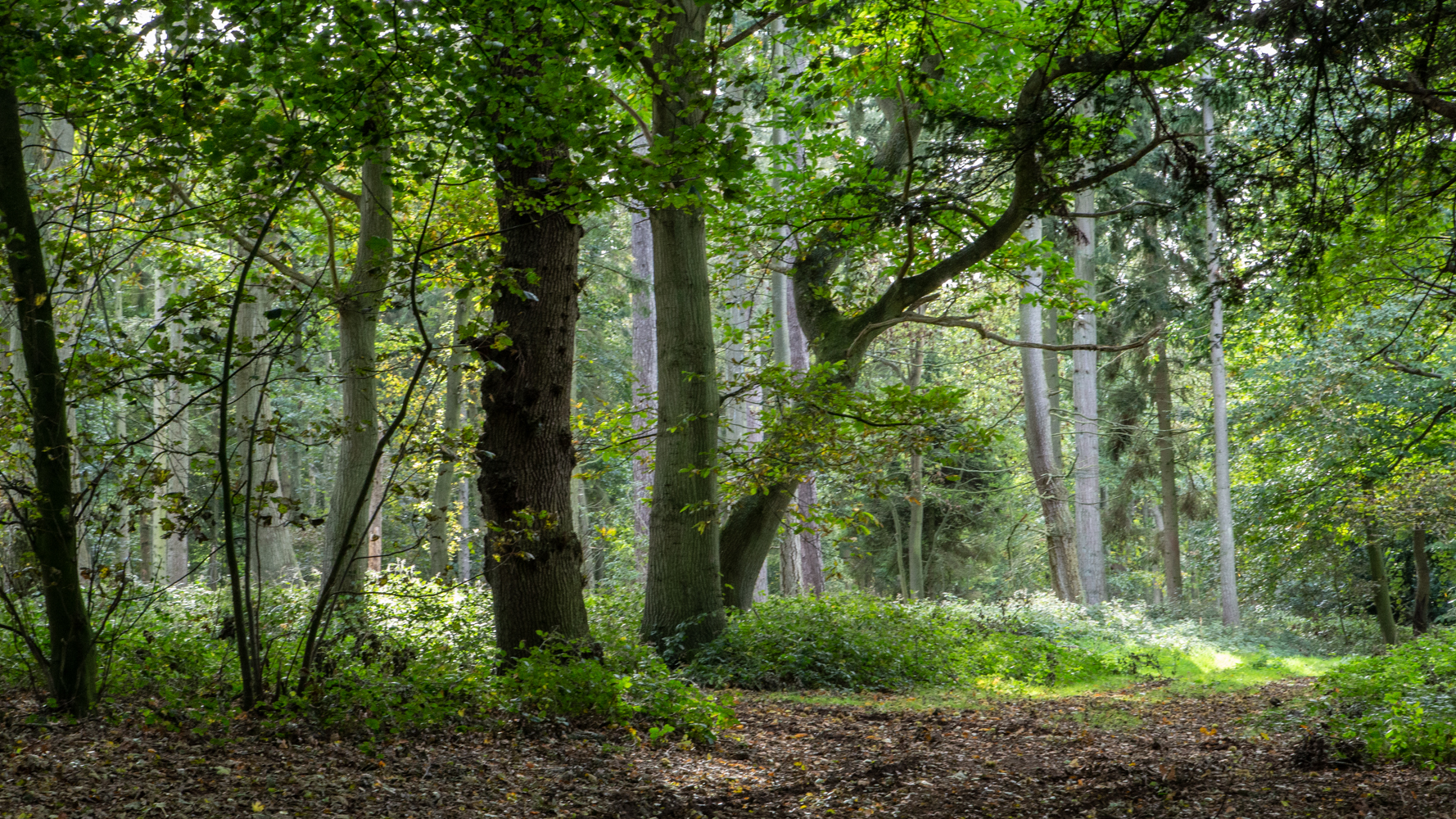


We are always looking at ways to restore nature at Wild Ken Hill. The recent State of Nature report made for some pretty depressing reading.
The report is the most comprehensive survey of its kind. It covers the UK, and was compiled by 60 research and conservation organisations including RSPB, National Trust, Wildlife Trusts, WWT, Woodland Trust, Natural England, BTO, etc.). It highlights the desperate need to act now.
The way we manage our land for agriculture and the effects of climate change are having the biggest impacts on our wildlife. Sadly, the most important natural habitats are in poor condition. Despite progress being made, the UK’s nature is in freefall.
Whilst the UK has set itself ambitious environmental targets, the focus and commitment to these are perilously shaky.
The Turtle Dove, which we work to support, has a 43% per cent chance of extinction. Migratory birds such as the beloved Nightingale and Cuckoo, are also highlighted in the report. Even the humble House Sparrow is on the red-list of birds at risk.
It’s not just birds that are in decline. Over 30% of our amphibians and reptiles; 26% of our terrestrial mammals; and 22% of vascular plants are also facing extinction.
At Wild Ken Hill we are working hard to restore nature on many levels. We have changed the way we farm to be more nature-friendly and regenerative. And we are reintroducing species, creating news areas for conservation, and rewilding an area of marginal farmland.
Part of that work includes the management of invasive non-native species (INNS). These are species which have been shown to have a major impact on biodiversity, for example in the State of Nature report.
Rhododendron. For the past two years, our wonderful volunteers have made enormous efforts in removing large areas of invasive Rhododendron. Originally introduced in 1763, it can grow to 8 meters tall and has taken over much of the British countryside, outcompeting much of our native flora and fauna.
Deer. Similarly, deer (particularly non-natives such as the Muntjac and the Chinese Water Deer) can have a catastrophic impact on biodiversity. We have seen evidence of this at Wild Ken Hill, with the eradication of the critically endangered Nightingale, who used to reside in scrubland near to the woods.
Impact on biodiversity. Recent estimates suggest the UK has considerably underestimated the number and impact of deer. At Wild Ken Hill, we have five species in total. Two of these are truly native (Roe and Red deer). Like many, we have noticed that the deer population has soared in recent years. Their low-level browsing, along with other pressures, has been a major factor in the degradation of nature. In particular, we have noticed the impact on the natural regeneration of woodland, and proliferation of scrub, which is the preferred habitat for Turtle Doves, for example.
We are currently monitoring the population of deer to see what impact they are having on the biodiversity at Wild Ken Hill and will update you soon.